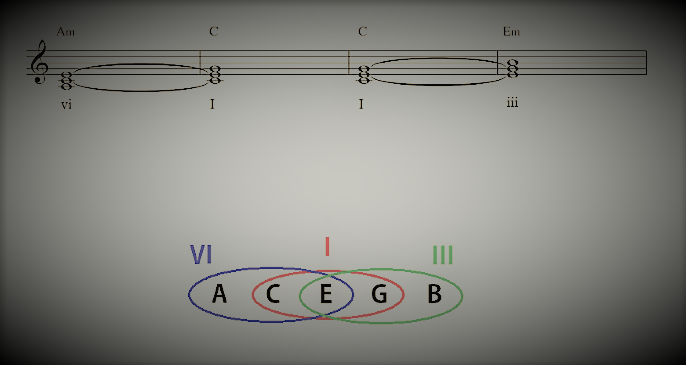Introduction to Chord Substitution – Part I
Introduction to Chord Substitution – Part II
Introduction to Harmony – Part III
Harmony is a topic that as piano students we don’t get very familiarized until we accomplish a certain level in our piano tuition, but this subject should be introduced in an earlier period in order to help us to discern faster and more effectively the harmonic elements from a music score when we sight-read a piece. Also, for composition students which are at the beginning of their lessons, this topic is one of the most elementary but yet indispensable issues to cement a solid foundation to build upon to get to more complex levels such as the relation between the melody and the harmony and the most structural when writing a piece, harmonic rhythm, which is how long we decide as composers to be on a particular chord and how this impacts the perception of the listener; bear in mind that the faster the changes in the underlying harmony, the more information the listener has to dilute and that will produce a feeling of stress or relaxation.
Piano teachers should propose this topic in their piano lessons to the students to pick up chords within a piece. Why does this happen? because, as Gisela Paterno says in her article, there are commonly just seven chord possibilities in a piece, these are called Diatonic chords, which are the ones belonging to the scale (a selection of seven notes as well) that the piece starts with. When we sight-read, we can quickly narrow the chord possibilities to those seven, and that will make the process easier and much more efficient.
As per composition students, this will give them a clearer idea of the function that each chord represents within the scale in which they compose their pieces and later on, how they will choose these chords wisely and judiciously to give more precise harmonic progressions in their pieces.
Stay tuned to this series of articles. I will go posting above the different chapters as soon as WKMT Blog publish them.
I would like to especially thank Gisela, my colleague for years, for writing this great study source for all those harmony students in London.

